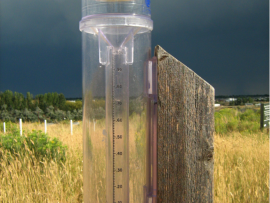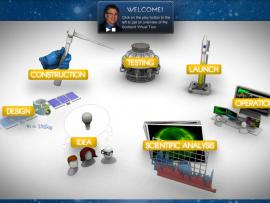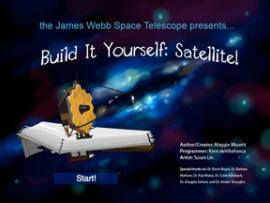Browse engineering Resources
Browse engineering Resources
Primary Topic:
Subtopics:
Type:
Standards:
Keywords:
Summary:
Step by step instructions and a parts list to build your own LEGO model of GPM precipitation data collected from Hurricane Irma on 9/5/17.
Primary Topic:
Subtopics:
Type:
Summary:
A time-lapse video that shows the assembly and testing of the GPM Core Observatory satellite in one minute.
Primary Topic:
Subtopics:
Type:
Standards:
Keywords:
Summary:
Step by step instructions and a parts list to build your own LEGO model of the GPM Core Observatory.
Primary Topic:
Subtopics:
Type:
Summary:
Overview of the engineering behind building and testing the GPM Core Observatory at NASA Goddard Space Flight Center.
Primary Topic:
Subtopics:
Type:
Standards:
Keywords:
Summary:
In this engineering design challenge, students build a tower to resist a simulated hurricane.
Primary Topic:
Subtopics:
Type:
Keywords:
Summary:
In this hands-on inquiry-based activity, students face an engineering challenge based on real-world applications. They are tasked with developing a tool they can use to measure the amount of rain that falls each day.
Primary Topic:
Subtopics:
Type:
Standards:
Keywords:
Summary:
This inquiry-based lesson engages students in designing and testing a device to measure rain.
Primary Topic:
Subtopics:
Type:
Standards:
Keywords:
Summary:
This booklet explains the basics of weather satellites and contains activities to explain questions like "How does a satellite stay up in space without falling back to Earth? "
Primary Topic:
Subtopics:
Type:
Keywords:
Summary:
Learn about the life cycle of a satellite at Goddard Space Flight Center. This interactive 'tour' starts with the Idea phase and goes through the whole process ofa NASA satellite mission. This tour is an interesting introduction to the engineering process
Primary Topic:
Subtopics:
Type:
Standards:
Keywords:
Summary:
You get to be the scientist in the "Build It Yourself: Satellite!" game! Choose what science your satellite will be used to study, and then decide what wavelengths, instruments, and optics will help you learn the most about the science you've chosen.











